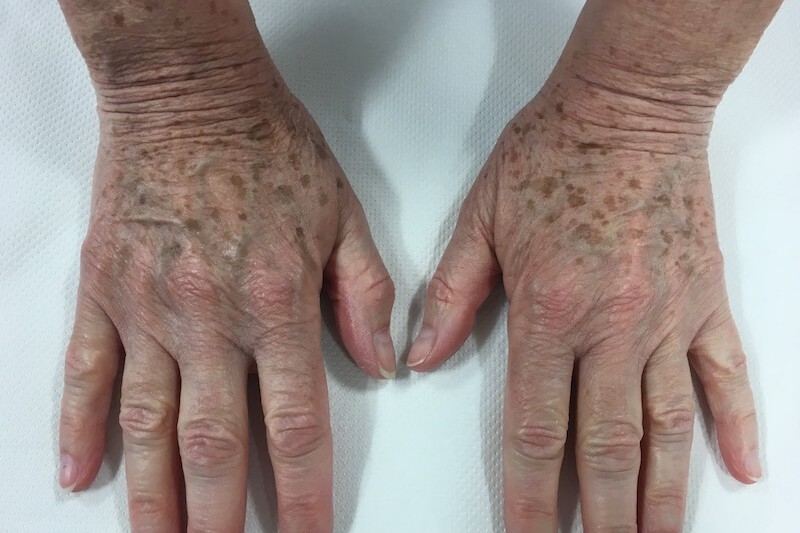





Hypopigmentation is where there is a loss of skin colour in patches of the skin. Melasma is a patchy brown discoloration that occurs on sun-exposed areas of the face in darker skin types. It affects the deeper layer of skin (the dermis), and can be difficult to treat.
Vitiligo is a condition where patches of skin appear white due to loss of pigmentation. Melasma and vitiligo are conditions which should be diagnosed and treated by a Dermatologist. Uneven pigmentation of the skin can respond to aesthetic treatments.
It is natural for us to have uneven pigmentation in our skin and this can be exacerbated by sun exposure.
Hormonal effects of oestrogen during pregnancy, or due to the contraceptive pill can cause melasma leading to pigmentation of nipples, vulva and abdomen (linea nigra).
Some skin diseases and conditions can also result in different types of pigmentation.
Pigmentation issues are identified by either variation or uneven pigmentation of the skin, darker patches of pigmentation in the skin, lighter patches of pigmentation in the skin, or an absence of pigmentation in the skin.
These can be localised (in one particular part of the face or body) or generalised (all over the face and body).


